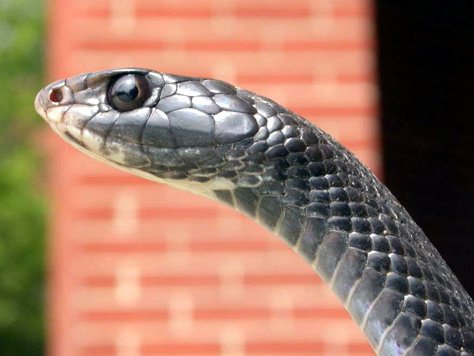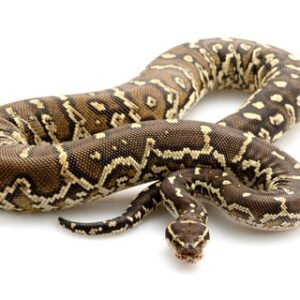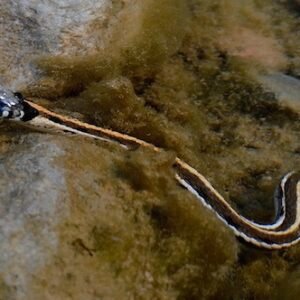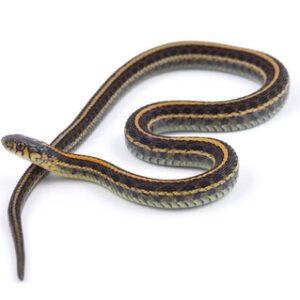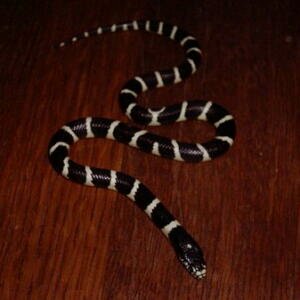Physical Characteristics and Behavior
The Southern Black Racer (Coluber constrictor priapus) is a striking snake found predominantly in the southeastern United States. This species showcases a slender, elongated body, typically ranging from 36 to 60 inches in length. The coloration is predominantly black or dark grey, which provides effective camouflage against larger predators and helps in thermoregulation. It features a smooth, glossy appearance, often distinguished by a lighter belly that may present shades of white or cream. Notably, juvenile Southern Black Racers start with a pattern of speckles and might exhibit more vivid coloration, which fades as they mature.
In terms of behavior, the Southern Black Racer is known for its impressive agility and speed, attributes that are crucial for survival. These snakes display a unique ability to rapidly traverse various terrains, including forests, fields, and wetlands, often moving in a swift, graceful manner. They are diurnal hunters, actively foraging during daylight hours, which allows them to take advantage of visibility to locate prey. The diet primarily consists of small mammals, birds, and amphibians, and the Southern Black Racer is also adept at catching its prey by utilizing techniques like ambush or active pursuit.
When threatened, the Southern Black Racer may exhibit various defensive strategies. Initially, it might attempt to flee, leveraging its speed to evade danger. If cornered, this species can adopt a defensive posture, inflating its body to appear larger and using rapid, erratic movements to dissuade potential threats. Some individuals may also hiss or strike without making contact. The adaptability of the Southern Black Racer to environments and their interaction with other species, including their role in the ecosystem, reflects their resilience and underscores their importance in maintaining ecological balance.
Habitat and Distribution
The Southern Black Racer (Coluber constrictor priapus) is a highly adaptable snake species found primarily in the southeastern United States. In terms of habitat, these snakes thrive in a variety of environments, showcasing their remarkable versatility. They are commonly found in forests, open fields, grasslands, and even urban areas. This adaptability enables them to occupy multiple ecological niches, from rural landscapes to suburban gardens, where they can effectively hunt for prey and avoid potential threats.
In their natural habitat, Southern Black Racers are often spotted basking in the sun on rocks or branches, blending seamlessly with their surroundings due to their dark coloration. They prefer areas with ample cover, such as leaf litter or dense underbrush, which provide shelter from predators and a strategic advantage while hunting. The availability of diverse microhabitats contributes to their successful distribution and survival in changing environments.
The geographical distribution of the Southern Black Racer spans across several states in the southeastern United States, including Florida, Georgia, Alabama, South Carolina, North Carolina, and parts of Mississippi and Louisiana. This range indicates their ability to thrive in diverse climates and terrain types. However, their presence is notably more concentrated in areas where suitable habitats are intact and accessible. Unfortunately, urban expansion, habitat degradation, and road mortality pose significant threats to the Southern Black Racer’s population. Conservation efforts are increasingly crucial to ensure the sustainability of their habitats and mitigate these threats.
As public awareness of their ecological importance grows, initiatives aimed at habitat restoration and preservation are being implemented. Protecting the Southern Black Racer’s natural environment not only benefits the species itself but also supports the overall health of the ecosystems they inhabit. Understanding their habitat requirements and distribution is vital for effective management and conservation strategies moving forward.

